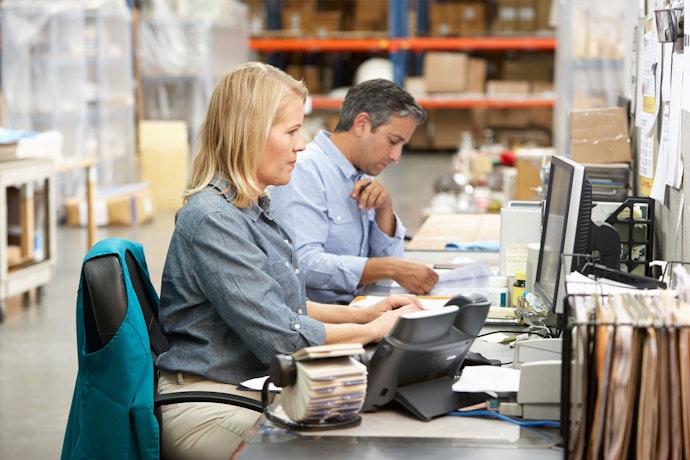5 simple productivity tips
Can you be more productive in your business? Read our 5 productivity tips you can start doing today! Improve business...
Read more
Before we explain about the concept of labour productivity and how to increase it by using fleet technology, we first need to delve into the present situation of labour productivity and find out why intervention is needed in the first place. Here is the situation in Australia at the moment:
Current situation of labour productivity
Although Australia wasn’t as hard hit as other OECD countries, the COVID-19 pandemic was severe enough to cause a recession in the country, despite being recession-free for 28 years. 1 million Australians lost their jobs in March 2020 as the country was put under lockdown. According to ABS (Australian Bureau of Statistics) records, the country has survived the most critical part, but sadly didn’t emerge unscathed. The pandemic led to many long-term structural changes regarding labour productivity. These include consumers and businesses resorting to experimental methods to keep afloat such as working from home, increased online shopping, and offering services (i.e.medical) via video chat. Many new policies were either introduced or changed such as the JobKeeper and Cashflow Booster program so the government could subsidise those in need. Insolvency laws were also changed to help people cope.
Despite this disastrous setback, labour productivity in Australia actually increased by 2.98 % YoY in Jun 2021, which is quite an achievement when compared to the growth of 1.37 % in the previous quarter.
Labour productivity prior to COVID-19
In the 2000s, the diffusion of digital technologies escalated and was expected to result in a new wave of productivity growth, like similar ones in the past, e.g. as a result of electrification (from the mid-1880s) and, to a smaller extent, ICT investments (in the 1990s). However, this is not what happened, which has left many people still wondering whether the effects of these new technologies will be obvious later as well as pondering structural factors as well as measurement.
Before the COVID-19 crisis came about, a significant amount of attention was being focused on the decreasing long-term productivity being reported across countries. It was known as the productivity paradox because the productivity slowdown took place at a time of notable technological change. The importance of labour productivity is well known, therefore attention should once again be focused on productivity to help it gain importance once recovery from the COVID-19 pandemic fully commences.
The 2022 outlook for labour productivity
In many countries, a fat tail of companies with low productivity (composed mostly of small companies) co-exists with large companies that are, on the other hand, very productive and even compete with international businesses. Since large companies find it easier to exploit increasing returns to scale, productivity tends to increase the bigger the company.
Smaller companies need not worry as many are able to trigger productivity growth by implementing new technologies. The pandemic led many companies to adopt digital technologies as shown by the evidence from multiple business surveys conducted worldwide during 2020. The results revealed that most companies, including smaller ones, increased their use of digital technologies during the COVID-19 crisis. This can also be seen in the 2022 Fleet Technology Trends Report in US.
Nevertheless, among smaller companies there is often a concern about costs and lack of skills and awareness of digital tools, which prevents them from investing in digital technologies.
A solution to this could be to diffuse digital technologies across companies to prevent the productivity gap within economies increasing even further and to ensure that a rebound of aggregate productivity is maintained after the pandemic.
How to help improve labour productivity with fleet technology
GPS tracking systems can help improve your team’s labour productivity through accurate time management by:
In fact, according to the 2022 Fleet Technology Trends Report in US, 46 % of businesses in US have improved their productivity since implementing a fleet tracking solution.
How improving labour productivity can benefit the customer experience
Customers are imperative to any business and keeping them happy is more important than ever especially in this modern-age of on-demand service. One way to improve your customer service is to implement fleet technology. This enables you to:
By improving customer service, you can quickly make a difference that helps with customer retention and boosts customer satisfaction.
In fact, 48 % of businesses in US reported improved customer service since they implemented a fleet tracking solution according to the 2022 Fleet Technology Trends Report in US.
Tags: Customer Service, Productivity & Efficiency, Team Management




Find out how our platform gives you the visibility you need to get more done.
Can you be more productive in your business? Read our 5 productivity tips you can start doing today! Improve business...
Read moreFleet management software can benefit businesses by increasing efficiency, reducing costs, improving safety and more...
Read moreAs a fleet owner, your day-to-day costs can quickly add up. What you don’t know is there are further hidden, expensive...
Read more